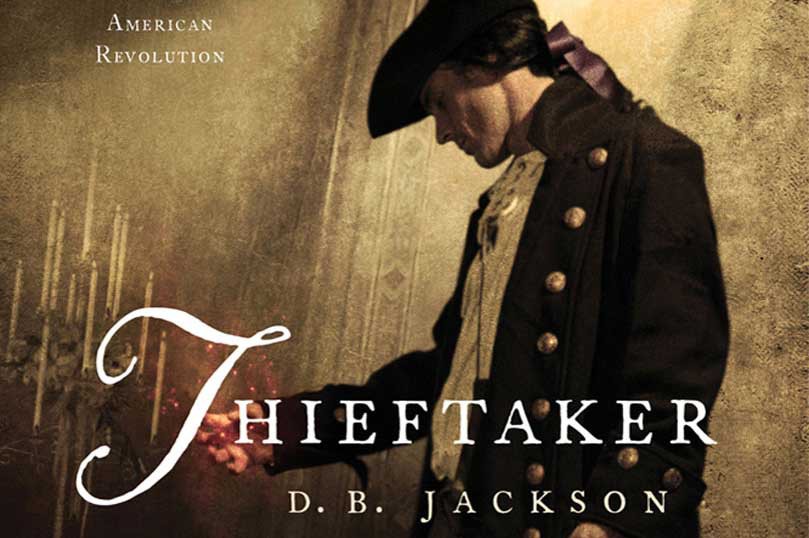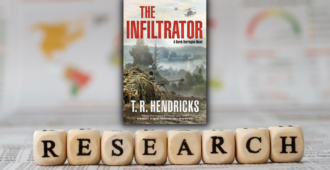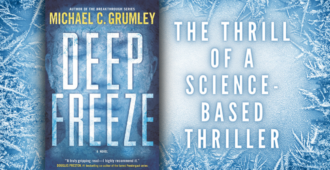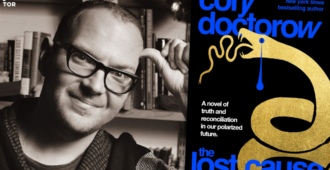Tor/Forge Blog
Written by D. B. Jackson
Researching a novel like Thieftaker, my Revolutionary War-era urban fantasy, which was released by Tor on July 3, can be a roller coaster ride. Success gives way to frustration, which in turn gives way to new successes.
Sometimes the questions I found myself asking were straightforward, the information fairly easy to find. The book opens on the night of August 26, 1765, when rioters protesting the Stamp Act rampaged through the streets of Boston. I needed to know the exact path followed by the mob as they ransacked one house after another, so that I could place a fictional murder victim somewhere along their route. I consulted history texts, as well as reprints of eighteenth century newspaper articles and an old book on Boston landmarks. In the end I managed to reconstruct the events of that night and set up my murder mystery.
At other moments I struggled with much tougher research questions. And this is where the roller coaster imagery applies: I ultimately found several treasures that had me doing my best Snoopy dance in the middle of my office. Two of these gems were particularly cool.
The first I found while trying to write a description of King’s Chapel, Boston’s oldest Anglican church, which figures prominently in Thieftaker. I was able to find references to the church’s exterior, but almost nothing about the interior. That is, until I struck gold in the form of a document that turned up on the fourth or fifth page of an internet search. An architectural firm had recently begun renovating King’s Chapel and had put a summary of their work online. They gave detailed descriptions of the structure’s interior, specifying the locations of windows and columns and the type of wood used for the pews. They even provided bore-test results on the walls, which revealed the paint color for different time periods, including the 1760s. Suddenly I knew exactly what the Chapel’s interior looked like.
My second golden discovery also grew out of my need to write a physical description, this time of a person. Sheriff Stephen Greenleaf, a recurring character in the Thieftaker books and stories, was Boston’s leading law enforcement official in the 1760s, when the city had nothing resembling an organized constabulary. He managed to keep the peace, though he had no police force or soldiers at his disposal. I knew he had to be a formidable figure, but I had no idea what he looked like.
I did several internet searches, scoured my bookshelves, went to the local university library, searched interlibrary loan—nothing. Until finally, while online, skimming through an old text, I found not just a description, but a pen and ink drawing. I remember gaping at my computer screen. There was the man himself, staring back at me. Broad face, strong hook nose, pale widely-spaced eyes: I’d actually imagined him that way, but the confirmation was invaluable.
Researching a novel—any novel—is always a voyage of discovery. Writing Thieftaker, I realized that the search for information takes on added urgency with historical fiction, when authenticity is crucial to the success of the book. Not all of my finds were as dramatic as these two examples, but each was precious in its own way. Taken together they enabled me to write a tale that will, I hope, transport my readers to another time and place. No author can ask for more than that.
…………………………
From the Tor/Forge July newsletter. Sign up to receive our newsletter via email.
…………………………
More from the July Tor/Forge newsletter:
- How to Keep Smiling After the End of the World as We Know It by David Brin
- Haunted Mansions and Eclipses by Marta Acosta
- It’s Not All A Beautiful Mind by Dan Wells
- Johnny Hiro: Half Asian, All Hero Sneak Peek written and illustrated by Fred Chao
- Urban Fantasy Sweepstakes







